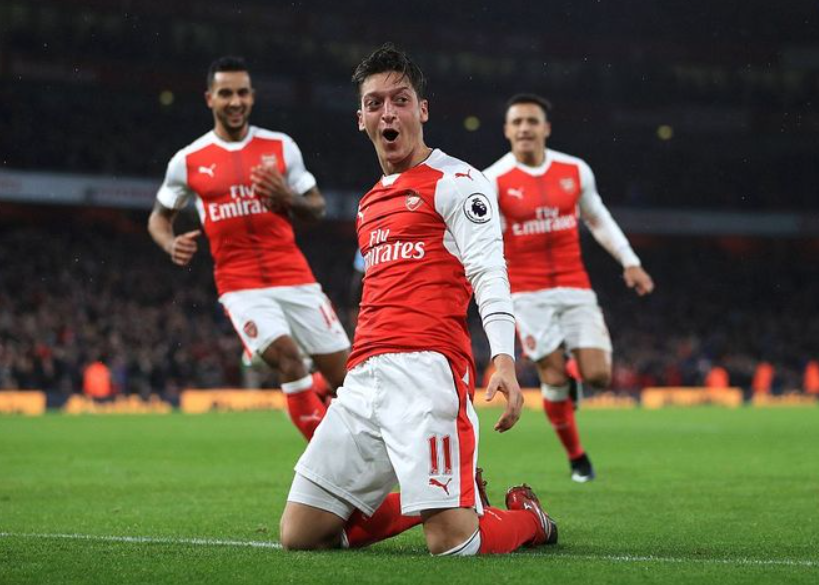
In an age of record-breaking transfer fees and spiraling wage demands, some football clubs are quietly choosing a different strategy—one rooted not in superstars, but in 16-year-olds with potential. From La Masia to Cobham, youth academies are becoming not just training centers but the financial and tactical core of club identity.
And the smartest clubs? They’re treating youth development like an investment portfolio—with dividends paid in tactical adaptability, financial sustainability, and cultural cohesion.
The Economics of Development vs. Acquisition
Buying players is expensive. Really expensive. In 2023 alone, Premier League clubs spent over €2.5 billion in transfers. But developing an elite academy prospect? That might cost a club just €100,000 a year.
Let’s compare:
| Investment Area | Average Cost | Potential Value Generated |
|---|---|---|
| Youth Academy Player | €80K/year | €25–100M (if sold or retained) |
| Star Transfer Fee | €60–100M | Depreciates with age/injury |
Developing talent is not just cheaper—it offers resale value. Think Jude Bellingham (Birmingham City) or Bukayo Saka (Arsenal). Each started as a homegrown gamble. Each is now a nine-figure asset.

Cultural Fit Over Instant Fit
Young players groomed within a club grow into its tactical philosophy. They learn pressing triggers, formation fluidity, even media posture—all before debuting. Managers like Pep Guardiola or Xabi Alonso don’t just want players with technical skills—they want thinkers who “get” the system.
That’s why clubs like Brighton, Ajax, and Athletic Bilbao aren’t panicking in the transfer market. They’re promoting players who’ve already rehearsed the script.
Top advantages of youth-first teams:
-
Better tactical cohesion long-term
-
Players buy into club values early
-
Less dependency on volatile transfer windows
-
Higher loyalty and lower wage pressure
Scouting Smarter, Not Just Sooner
This shift isn’t just about training—it’s about identifying the right players earlier. Clubs are now using AI-assisted scouting systems, cognitive testing, and biometric data to evaluate 13- and 14-year-olds with professional-grade scrutiny.
And it works. At Red Bull Salzburg, scouts flagged a 15-year-old Erling Haaland not just for goals, but for decision-making speed and sprinting repeatability.
Youth investment is now part-scouting, part-science.
Why Fans Are Buying In
Supporters no longer just want marquee signings. They want players who feel like “one of us.” Clubs with strong academy pipelines—like Barcelona, Arsenal, and Benfica—create emotional ties between fans and players. A 19-year-old scoring at home isn’t just a goal; it’s a symbol of legacy.
In lean seasons, youth teams also offer hope. A fan base might forgive a mid-table finish if they see local talent breaking through.
Risks, But Not Without Rewards
Of course, youth investment has drawbacks. Players can stagnate, burn out, or suffer injuries. And not every academy can produce elite talent at scale.
But for every failed prospect, there’s a Gavi, Musiala, or Cole Palmer—players who save clubs millions while defining eras.
The Sustainable Revolution
In a football world distorted by inflated fees and risky investments, developing youth isn’t just romantic—it’s rational. It’s not anti-ambition. It’s anti-waste. The clubs leaning into youth are building something slower, surer, and often smarter.
The next superstar isn’t always bought. Sometimes, he’s built.
